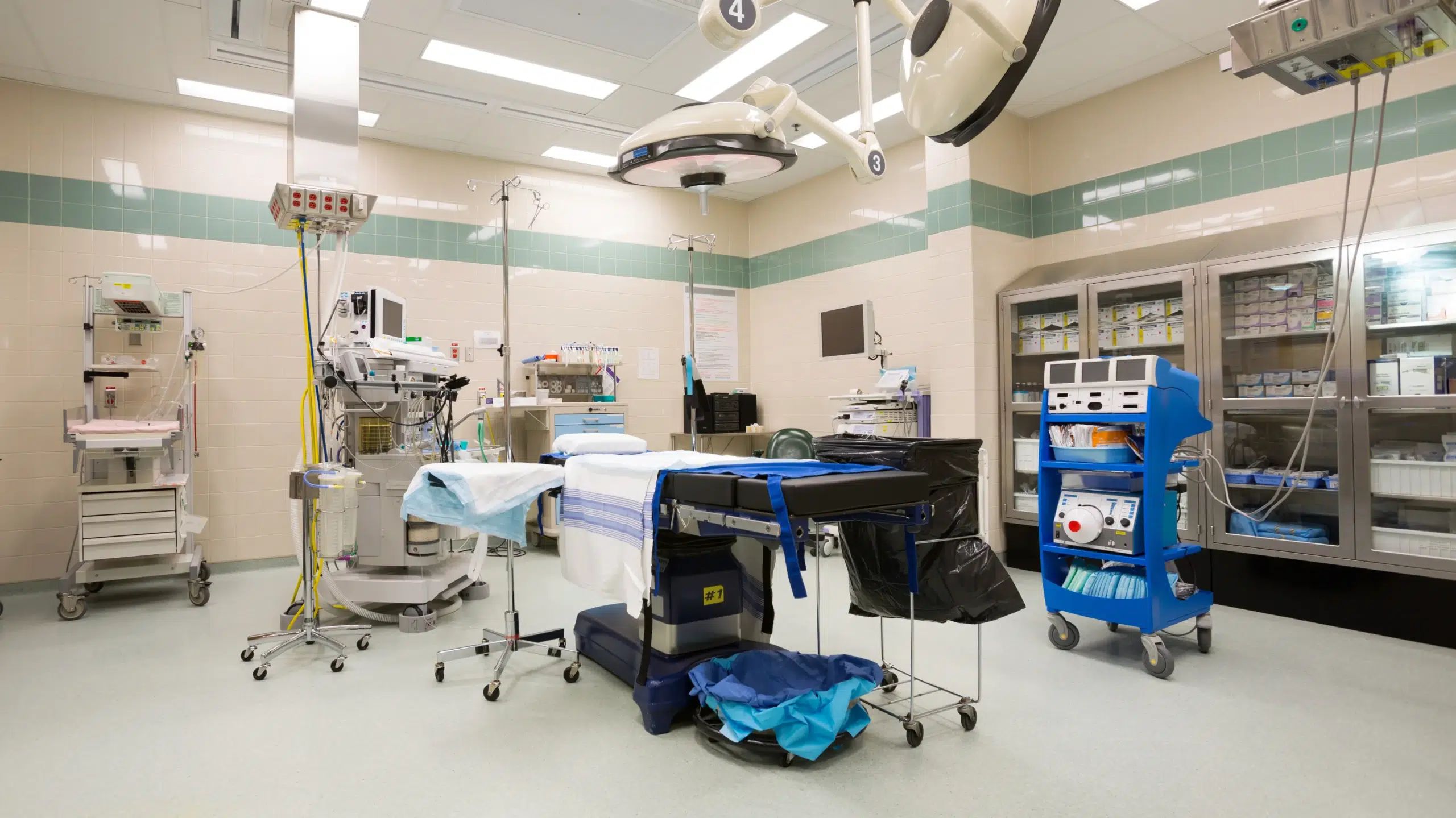Call: 0203 488 1889
Address:
Office 7, 35/37 Ludgate Hill
London, EC4M 7JN
Air Conditioning & Refrigeration Blogs
Expert Insights, Maintenance Tips, and the lates updates on Air Conditioning & Refrigeration.

If you’ve ever been inside an operating room (or heard accounts from others), you might have noticed the noticeably chilly environment. It’s not just a matter of preference—there are critical reasons why operating rooms (ORs) are kept cold. Why are operating rooms so cold? Let’s explore the factors that contribute to this frigid setting and why it benefits both patients and surgical teams.
One of the primary reasons for the low temperature in operating rooms is to reduce the risk of infection. A cooler environment helps:
● Inhibit Bacterial Growth: Studies show that bacterial growth decreases significantly at lower temperatures. Operating rooms are typically kept between 18°C and 22°C (64°F to 72°F) to minimise the spread of pathogens.
● Enhance Air Quality: Advanced ventilation systems in ORs, such as HEPA filters, operate more efficiently in cool conditions, reducing airborne particles by up to 90%.
● Reduce Post-Operative Infections: Research indicates that maintaining a controlled environment, including low temperatures, can decrease surgical site infections (SSI) by 20-30% compared to less regulated conditions. This is one reason why operating rooms are cold and carefully monitored.
Surgeons and their teams work under intense conditions that often involve layers of protective clothing, bright lights, and physical exertion. Cooler temperatures help:
● Reduce Fatigue: A study published in the Journal of Surgical Research found that surgeons in cooler environments report 25% less fatigue during extended operations. This explains why operating rooms are so cold and prioritised for staff performance.
● Improve Performance: Sweating can reduce dexterity and increase discomfort. Maintaining temperatures below 22°C has been shown to enhance precision by 15%, particularly during fine motor tasks.
Modern surgeries rely heavily on sophisticated medical equipment, including lights, monitors, and robotic tools, which can generate significant heat. Lower temperatures:
● Prevent Overheating: Medical devices, particularly those used in minimally invasive surgeries, operate more reliably when the ambient temperature remains stable. Malfunction rates decrease by up to 40% in controlled environments.
● Maintain Accuracy: Imaging tools and robotic arms require precise calibration, which is easier to sustain in a cooler setting. This is a key reason why surgery rooms are so cold—to ensure operational accuracy.
While it might seem counterintuitive, cooler temperatures in the operating room also benefit patients:
● Preserving Body Temperature: Hypothermia is a risk during surgery, especially under general anaesthesia, which can lower the body’s ability to regulate temperature. Special warming devices counteract this risk, keeping the patient’s core temperature above 36°C (96.8°F). This illustrates why the operating room is so cold but still ensures patient warmth where necessary.
● Reducing Bleeding: Cooler environments can slow the body’s metabolic rate, leading to reduced blood loss during surgery by as much as 15%.
Cold temperatures are also associated with lower humidity levels, which:
Prevent Condensation: High humidity can lead to condensation on surgical instruments, posing a contamination risk.
Improve Visibility: Reduced humidity ensures that equipment, including lenses and cameras, remains clear and functional. Maintaining humidity below 60% has been shown to increase visibility and instrument reliability during surgeries. These factors contribute to why surgery rooms are cold to optimise conditions for both tools and teams.
While maintaining a cooler environment might seem energy-intensive, modern OR designs include energy-efficient systems that balance temperature control with sustainability. Some hospitals report energy savings of up to 20% using advanced HVAC systems. This aspect reinforces why operating rooms are cold without excessive energy costs.
Research has shown that the conditions in the OR can influence recovery times. Patients undergoing surgery in well-regulated environments, including temperature control, are 30% less likely to experience complications such as infections or extended hospital stays.
The World Health Organisation (WHO) recommends that operating room temperatures be maintained between 18°C and 22°C, with humidity levels between 20% and 60%. These standards are adhered to in most modern hospitals globally. Such standards explain why operating rooms are kept cold to meet international benchmarks.
Patients are often surprised or uncomfortable when entering a cold operating room. However, surgical teams are well-prepared to address this by:
● Using pre-warming techniques before surgery begins.
● Providing warming blankets or devices during the procedure.
● Carefully monitoring the patient’s body temperature throughout the operation.
This proactive approach ensures patients are comfortable despite the cold environment.
The cold environment of an operating room isn’t an arbitrary choice; it’s a carefully maintained condition that ensures safety, precision, and comfort. From reducing infection risks to enhancing surgical performance and protecting equipment, the chilly atmosphere plays a crucial role in successful medical outcomes.
Statistical evidence and global standards underline the importance of these conditions in delivering high-quality healthcare. So, the next time you hear someone mention how cold it is in an operating room, you’ll know it’s all part of the plan to save lives and ensure the highest standards of care. This clarity provides an answer to why operating rooms are cold and highlights its necessity in modern medicine.
As an air conditioning and refrigeration company, we specialise in designing and maintaining advanced climate control systems that meet the stringent demands of environments like operating rooms. From precise temperature control to energy-efficient solutions, we help create spaces that prioritise safety, efficiency, and compliance with international standards.
Contact us today to learn how our expertise in air conditioning and refrigeration can help you achieve optimal conditions for medical or industrial spaces. Let’s create a safer, more comfortable environment together!

Address:
Office 7, 35/37 Ludgate Hill
London, EC4M 7JN
Expert Insights, Maintenance Tips, and the lates updates on Air Conditioning & Refrigeration.


Address:
Office 7, 35/37 Ludgate Hill
London, EC4M 7JN
Air Conditioning Maintenance & Service


 How Does a Blast Chiller Work?
How Does a Blast Chiller Work?T&C’s apply
polar vortex collapse weather forecast, why are operating rooms cold, surgery air conditioning, polar vortex collapse forecast, polar vortex collapse winter weather, why is the operating room so cold, why are operating theatres so cold, why are hospitals cold, why are hospitals so cold, nice guidelines operating theatre temperature, how to control humidity in operation theatre, medical surgeries air conditioning, why are operating theatres cold, why are hospital theatres so cold, operating theatre temperature and humidity guidelines uk
polar vortex collapse weather forecast, why are operating rooms cold, surgery air conditioning, polar vortex collapse forecast, polar vortex collapse winter weather, why is the operating room so cold, why are operating theatres so cold, why are hospitals cold, why are hospitals so cold, nice guidelines operating theatre temperature, how to control humidity in operation theatre, medical surgeries air conditioning, why are operating theatres cold, why are hospital theatres so cold, operating theatre temperature and humidity guidelines uk
